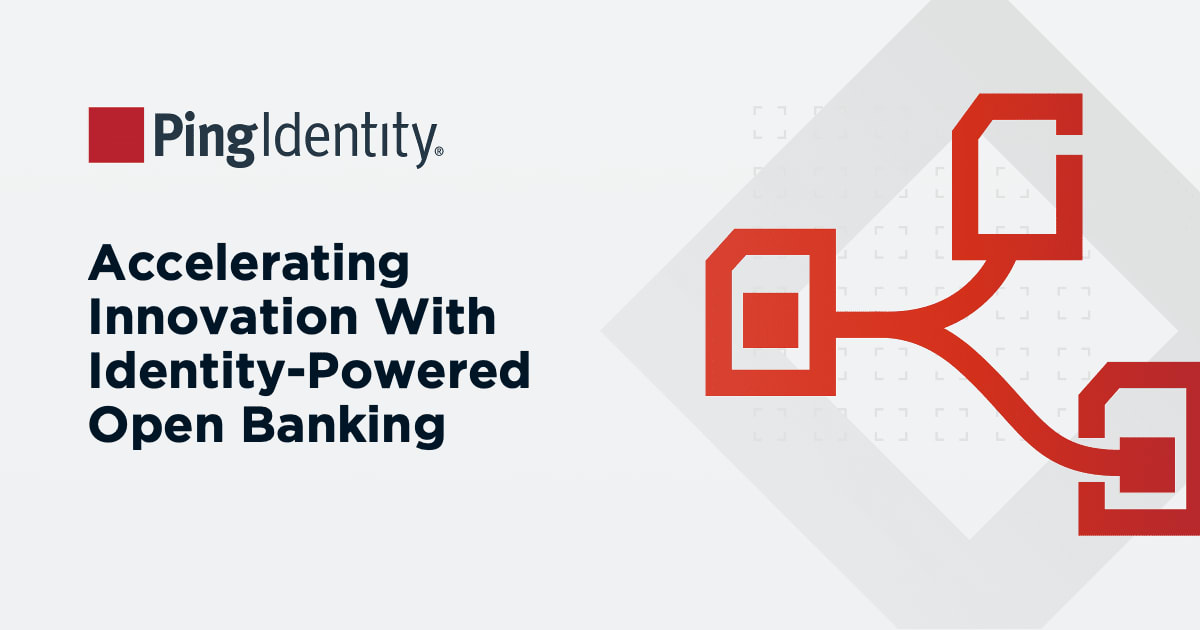Investing in creating an omnichannel approach is undoubtedly profitable, but actually achieving it requires consistency, intentionality, and proper customer data and identity management techniques.
Collect Data from All Channels
To fully understand customer identity, you need data such as demographic and contact information, purchase histories, browsing behaviors, and device and channel preferences.
While you can collect much of this data from the channels your customers are currently using, it’s important to implement safety measures as you establish your systems. At Ping, we advise that transparency is key: customers should know what data the company is sharing, how they obtain it, and with whom they share it.
With the appropriate strategies in place, customers retain control over their data, while your business can still use this data to inform future initiatives.
Clean and Organize Customer Data
Effectively storing your customer data is just as important as collecting it. Consolidating and storing data in one place as a single source of truth makes retrieving it for cleaning and organizing much faster and more efficient. Ping’s technology can help you to create a centralized customer database that:
Organizes data into relevant fields (e.g., the types of information collected)
Cleans it by removing outliers and standardizing formats
Both of these actions enhance the quality of your customer data, strengthening your ability to deliver accurately personalized experiences and to report on the performance of your omnichannel customer journeys.
Integrate Data from Different Sources
Don’t rely on one source of data to develop customer identities and track omnichannel experiences. Integrating all the available data from all of the sources available to you makes it easier for your business to develop a complete view of each customer. This, in turn, helps you to create a more seamless and personalized omnichannel customer approach.
Integration involves using data compatibility techniques and data management platforms to compile a comprehensive dataset effectively. At Ping, we can unify data into a single entity – eliminating fragmentation and enabling faster system access through PingDirectory and single sign-on (SSO).
As an example of how your business can use integrated customer data, imagine analyzing how involvement with your loyalty program intersects with different customer demographics. Not only can this tell you more about the effectiveness of your loyalty program, but it may also help you to identify ways to improve enrollment and participation.
Use Customer Data to Personalize Experiences and Provide Seamless Customer Journeys
With the wealth of omnichannel customer data that’s available, your business can provide customers with a seamless journey between online and offline platforms.
As you move towards prioritizing omnichannel experiences, try to collect, organize, and analyze customer data from each platform on a regular basis to judge their effectiveness. Use your data to help you answer questions such as, what are my customers interacting with the most? The answers to these questions – along with the implementation of relevant APIs – make it easier and more effective to personalize their experiences.


